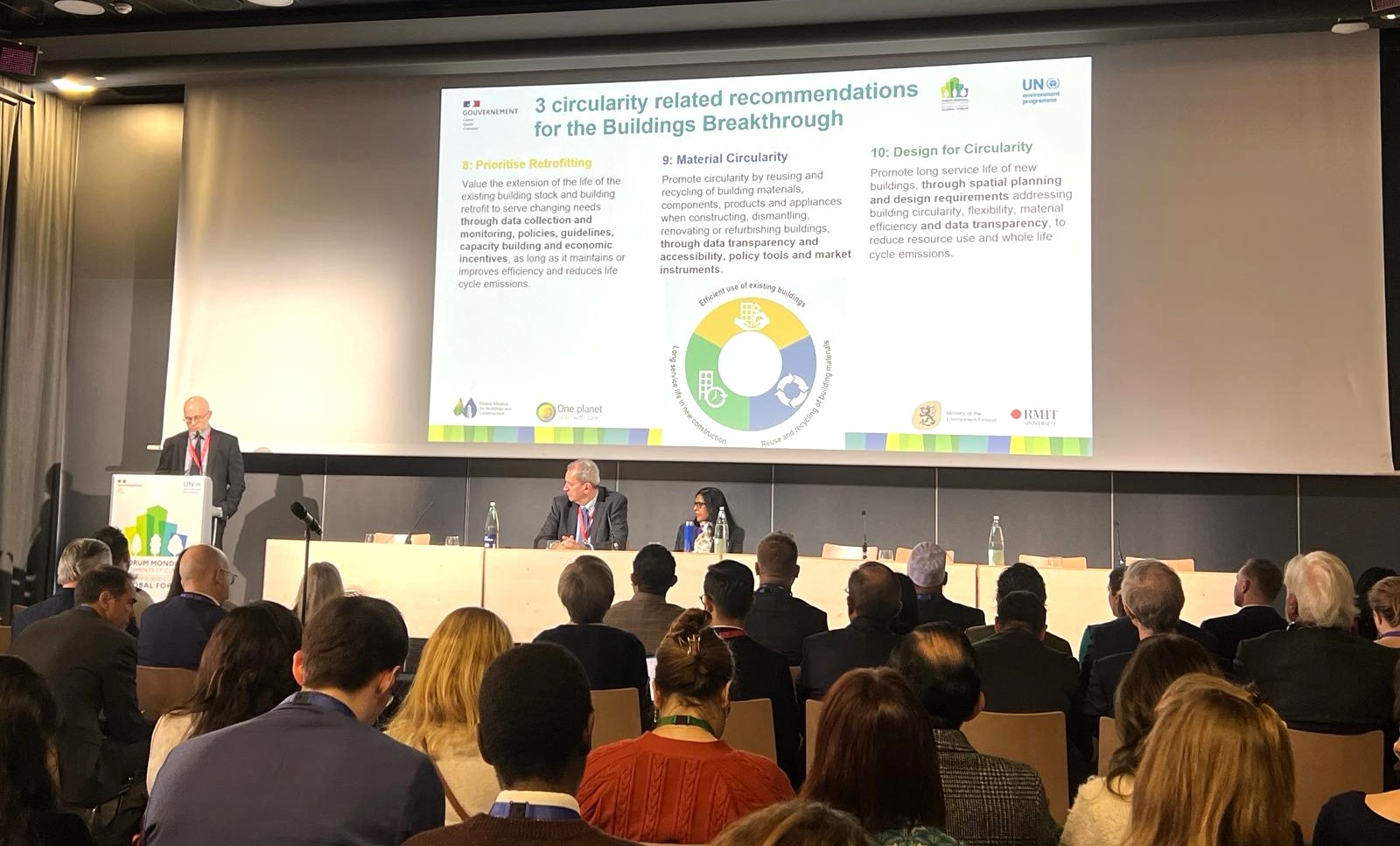State of Play for Circular Built Environment in North America
Approximately 80% of US human-caused GHG emissions are associated with urban areas where the majority of the US population lives and most consumption occurs, despite only occupying 1–5% of the US land area.
Approximately 80% of US human-caused GHG emissions are associated with urban areas where the majority of the US population lives and most consumption occurs, despite only occupying 1–5% of the US land area. Future prospects for increased urbanisation within the US, implies both new construction and renovation to existing urban fabric. Such development relies on the use of construction materials. The US has an entrenched linear material throughput economy with a long-established process of material extraction, manufacturing, transportation, construction, building maintenance and material waste during deconstruction. Material consumption and associated waste are growing. In terms of material extraction, in 2012 construction materials represented 73% of all U.S. raw materials (excluding fuel or food). And in recent years, the US has been the 2nd highest global producer of municipal solid waste – more than half of which goes to landfill. Transitioning away from a linear throughput economy to a circular one offers an alternative where material efficiencies are improved primarily by closing the resource loop
External source(s)
Image


